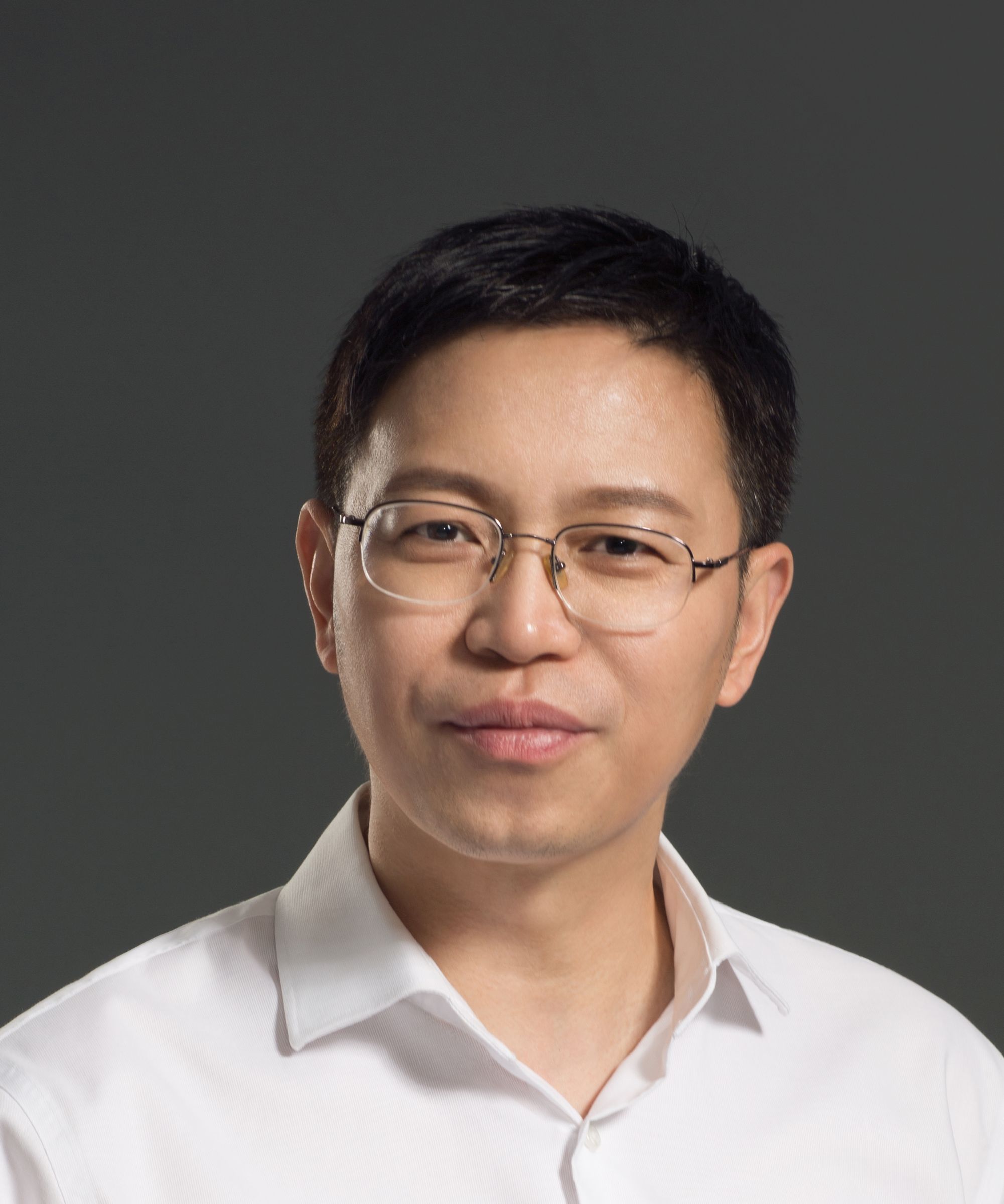Semi-Supervised Convolutional Vision Transformer with Bi-Level Uncertainty Estimation for Medical Image Segmentation
Abstract
References
Index Terms
- Semi-Supervised Convolutional Vision Transformer with Bi-Level Uncertainty Estimation for Medical Image Segmentation
Recommendations
Semi- and Weakly- Supervised Semantic Segmentation with Deep Convolutional Neural Networks
MM '15: Proceedings of the 23rd ACM international conference on MultimediaSuccessful semantic segmentation methods typically rely on the training datasets containing a large number of pixel-wise labeled images. To alleviate the dependence on such a fully annotated training dataset, in this paper, we propose a semi- and weakly-...
Uncertainty-aware and dynamically-mixed pseudo-labels for semi-supervised defect segmentation
AbstractDeep learning-based defect segmentation is one of the important tasks of machine vision in automated inspection. Supervised learning methods have recently achieved remarkable performance on this task. However, the effectiveness of the ...
Highlights- A novel semi-supervised defect segmentation based on uncertainty-aware pseudo-label.
Uncertainty-aware deep co-training for semi-supervised medical image segmentation
AbstractSemi-supervised learning has made significant strides in the medical domain since it alleviates the heavy burden of collecting abundant pixel-wise annotated data for semantic segmentation tasks. Existing semi-supervised approaches ...
Highlights- We exposed the flaws of the semi-supervised segmentation method for medical images.
Comments
Information & Contributors
Information
Published In

- General Chairs:
- Abdulmotaleb El Saddik,
- Tao Mei,
- Rita Cucchiara,
- Program Chairs:
- Marco Bertini,
- Diana Patricia Tobon Vallejo,
- Pradeep K. Atrey,
- M. Shamim Hossain
Sponsors
Publisher
Association for Computing Machinery
New York, NY, United States
Publication History
Check for updates
Author Tags
Qualifiers
- Research-article
Funding Sources
- Major Technological Innovation Project of Hangzhou
- the National Key Research and Development Project
- Japanese Ministry for Education, Science, Culture and Sports
- Zhejiang Provincial Natural Science Foundation of China
- Major Scientific Research Project of Zhejiang Lab
Conference
Acceptance Rates
Upcoming Conference
- Sponsor:
- sigmm
Contributors
Other Metrics
Bibliometrics & Citations
Bibliometrics
Article Metrics
- 0Total Citations
- 281Total Downloads
- Downloads (Last 12 months)281
- Downloads (Last 6 weeks)7
Other Metrics
Citations
View Options
Get Access
Login options
Check if you have access through your login credentials or your institution to get full access on this article.
Sign in
